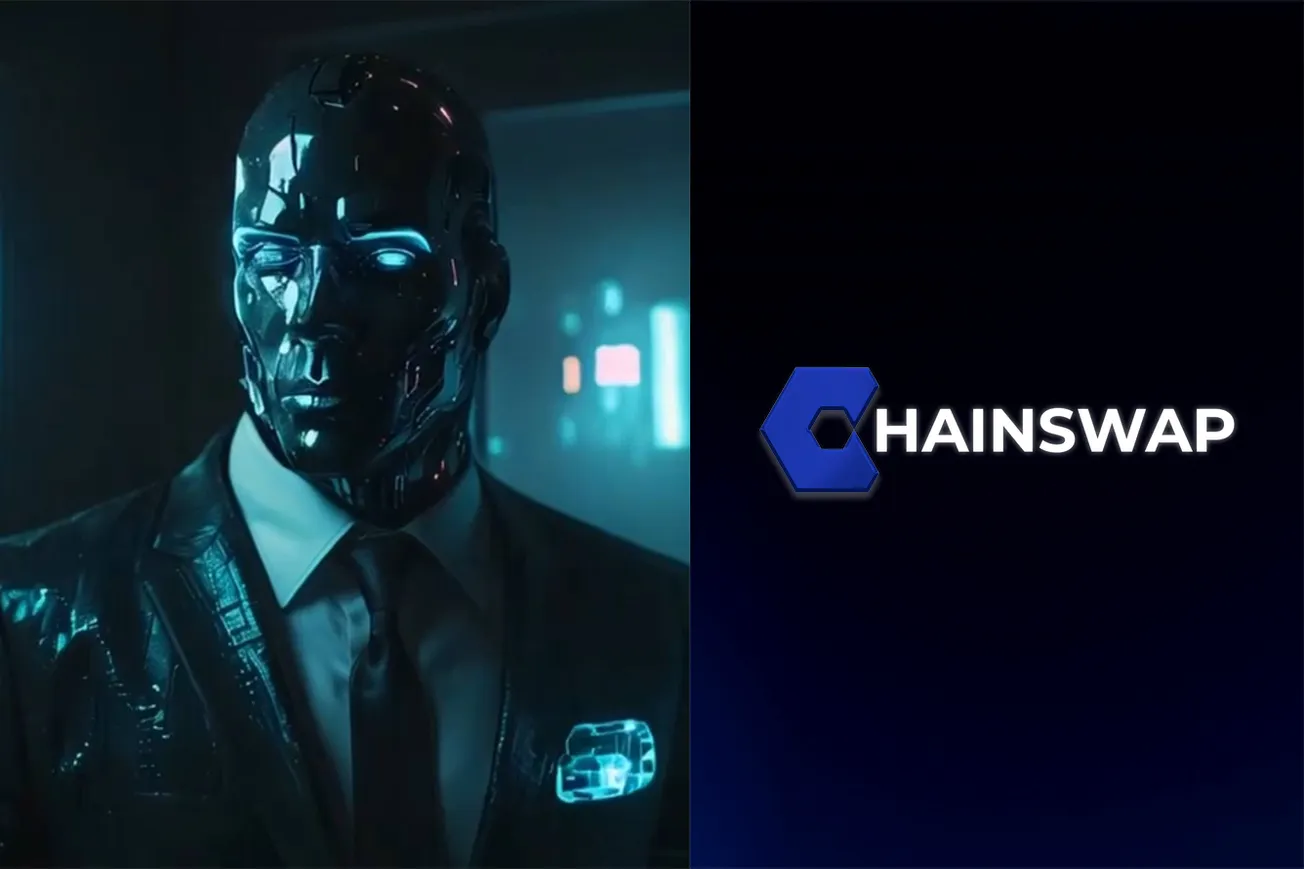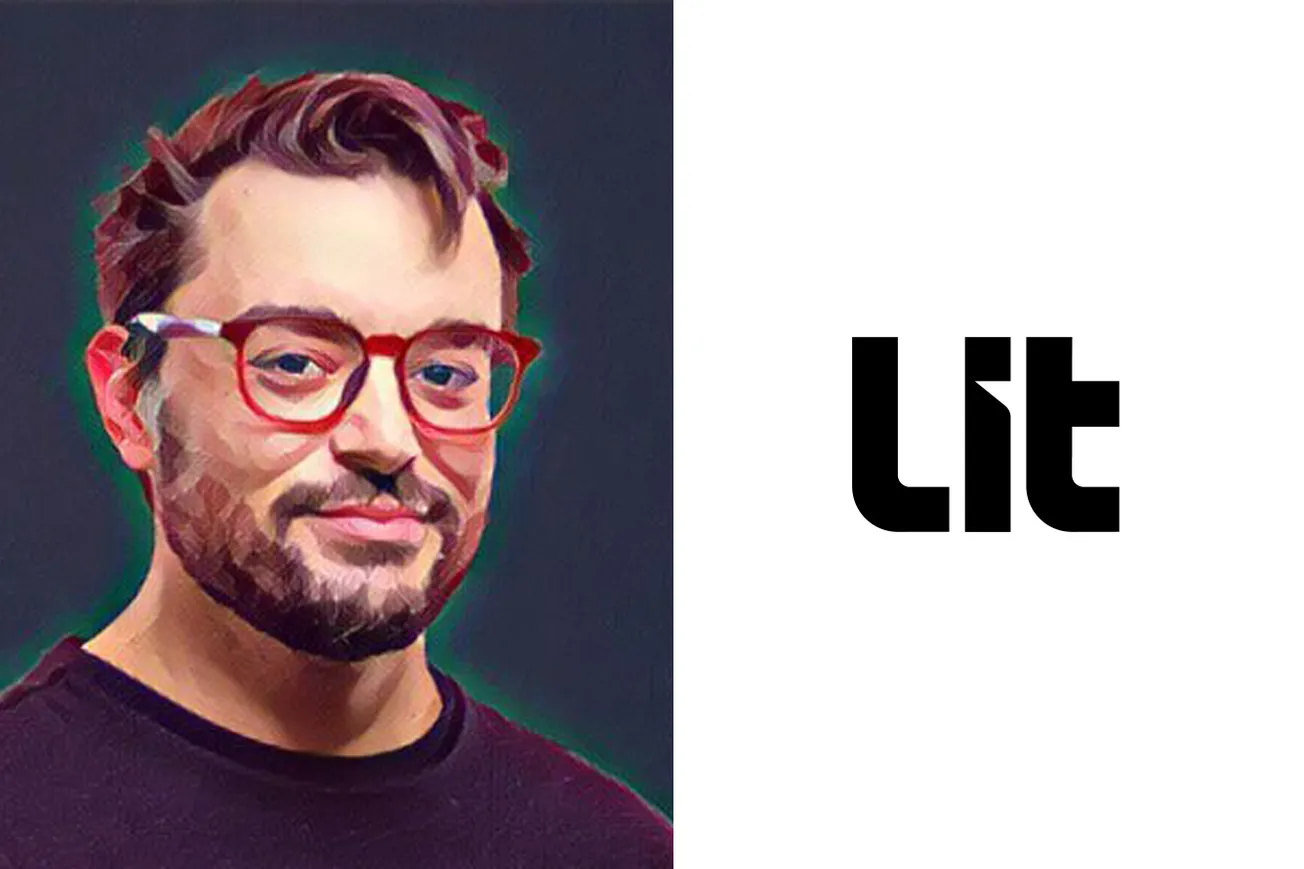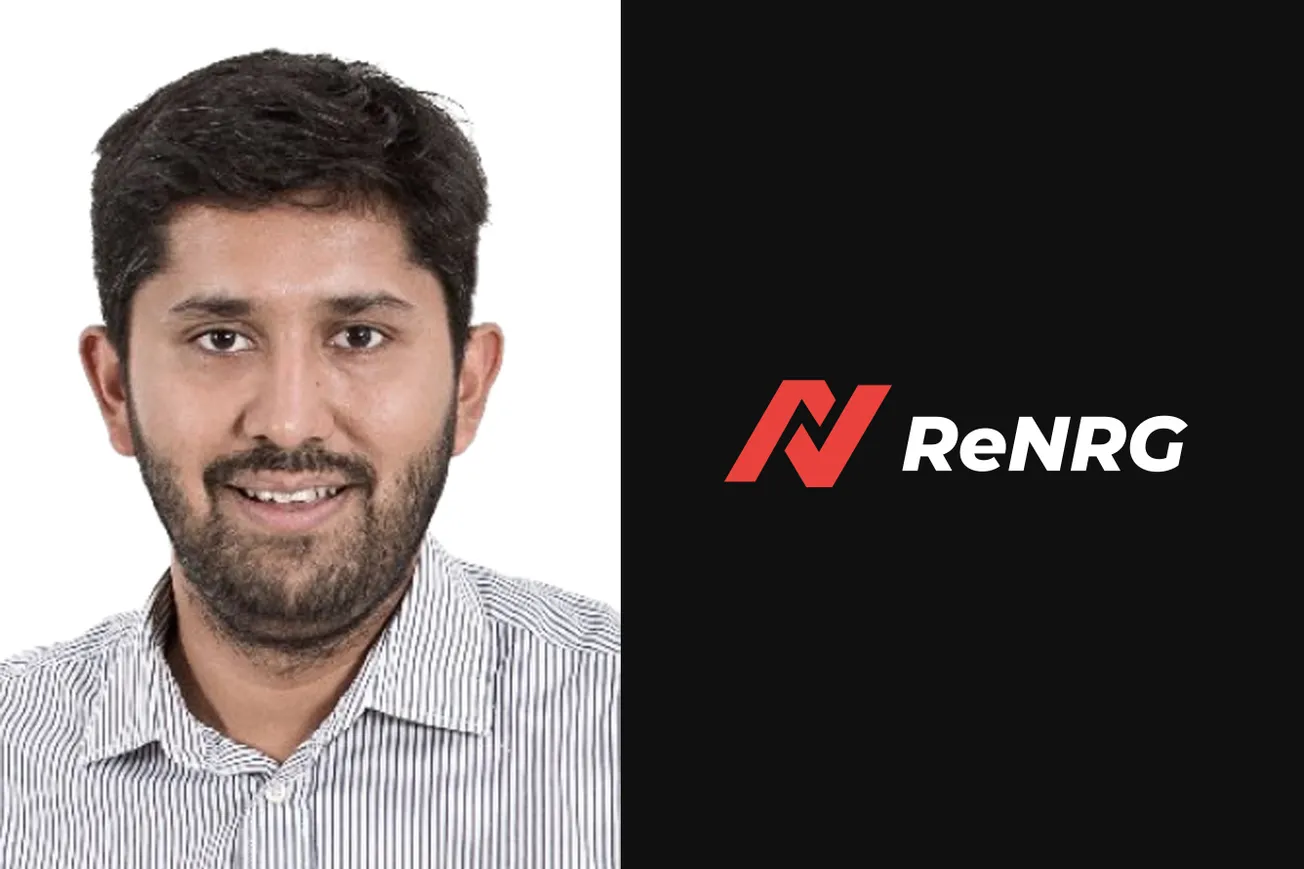Table of Contents
In the ever-evolving world of blockchain and artificial intelligence, Sturdy has emerged as a trailblazer. Recently announced as the first incubated project by Yuma, a company spearheading innovation on Bittensor’s decentralized AI network, Sturdy has already surpassed $125 million in allocated deposits on its SN10 subnet. With its unique approach to integrating AI and blockchain, Sturdy optimizes financial returns for users by leveraging decentralized AI miners. Today, we speak with Sam Forman, Founder of Sturdy, to delve into the project's vision, its groundbreaking architecture, and the future of decentralized AI in finance.
Q. Can you share the story behind the founding of Sturdy? What inspired you to launch this project?
I founded Sturdy in 2021 after dropping out of Stanford, where I was studying mathematics and computer science. I had been interested in crypto for several years at that point and found lending markets to be one of the few compelling non-speculative use cases.
Q. How did the partnership with Yuma and its focus on Bittensor’s decentralized AI network influence Sturdy’s development?
Yuma played a critical role in Sturdy’s integration of Bittensor by providing us with the resources required to create our Bittensor subnet, SN10.
Q. Sturdy uses decentralized AI miners to optimize fund allocation. How does this system work, and what advantages does it offer over traditional financial management tools?
Sturdy’s Bittensor subnet, SN10, provides lenders with AI-optimized yields. The subnet creates competition between miners to create optimal allocation strategies for Sturdy’s aggregators, as well as other DeFi strategies. Miners use real-time data to build their models, which are then ranked by validators, with the top strategy subsequently executed on-chain.
Rather than relying on centralized entities or personally monitoring conditions and adjusting lending allocations, SN10 enables users to earn optimized lending yields without worrying about centralization or calculations.
Q. Your two-tier architecture—siloed lending pairs and aggregators—is a unique feature of Sturdy. Can you explain how these tiers function and why they are essential to your platform?
Sturdy is a modular lending protocol with a novel two-tier architecture used to isolate risk without fragmenting liquidity. Sturdy's base layer consists of siloed lending pairs; built on top are aggregators, each of which has whitelisted pairs from the base layer.
Aggregators use SN10 to determine the distribution of assets between the whitelisted pairs for optimized yield. Users deposit to aggregators that fit their risk/reward profile, enabling them to determine exactly which collateral assets they’re exposed to without suffering from liquidity fragmentation.
Q. Sovereign risk management is a key aspect of Sturdy. How does your platform enable users to tailor their risk/reward profiles? What safeguards are in place to protect users’ assets?
Sturdy’s basic design insulates users from other assets on the protocol. By starting with isolated lending pairs, Sturdy ensures that every market is isolated from other collateral assets on the protocol.
Sturdy features a wide range of options for a variety of risk profiles, from stablecoin lending to leveraging a variety of assets, such as liquid staking tokens. Users can determine which strategies fit their appetites and goals.
Q. Sturdy allows for the permissionless deployment of lending markets. How does this feature differentiate you from other lending protocols, and what potential does it unlock for DeFi users?
On Sturdy, liquid lending markets can be spun up in a matter of hours, rather than weeks or months via typical governance processes. Since each lending market is isolated, permissionless onboarding doesn’t introduce any threat to existing markets on Sturdy so teams can seamlessly generate functioning lending markets. This simplicity and lack of friction can be a huge unlock for teams building on the protocol, enabling them to focus on other aspects of their project.
Q. Liquidity fragmentation is a common challenge in DeFi. How do Sturdy’s aggregators solve this issue, and what impact does it have on user experience?
SN10 is Sturdy’s secret antidote to liquidity fragmentation. As mentioned before, aggregators receive their allocation strategies from SN10, which uses real-time data to determine optimal allocations. When yields go up due to a lack of liquidity, aggregators fill the gap.
Q. Automation through Sturdy’s Bittensor subnet is a significant innovation. Can you elaborate on how this decentralization enhances efficiency and trust in the platform?
SN10 is completely open-source and auditable on-chain. Anyone can join the competition or monitor it in real time at sturdysubnet.org.
Q. With SN10 surpassing $175 million in deposits, what strategies have been key to Sturdy’s rapid growth? How do you plan to sustain this momentum?
The integration of real-time data into SN10’s calculations has been a game-changer, significantly enhancing its ability to decide optimized allocations. Incorporating relevant and diverse data sources is critical to continuously refining SN10’s strategies. By leveraging these insights, SN10 can adapt and improve its performance across various market conditions.
One of the most effective ways to gather new data has been through the integration of other strategies outside of Sturdy. SN10’s adaptability enables it to optimize allocations for a wide range of asset classes, both within and outside of DeFi. This flexibility not only improves the protocol’s robustness but also ensures that it remains competitive in an ever-evolving landscape.
Q. How do you envision the role of decentralized AI evolving in the financial sector? What milestones do you aim to achieve with Sturdy in the coming years?
This is just the beginning for decentralized AI. We’ll soon be announcing a new project, TaoFi, dedicated to building foundational DeFi building blocks on Bittensor. TaoFi will launch a stablecoin and other key primitives on the chain.
Q. For someone new to decentralized finance, how accessible is Sturdy? What steps are you taking to ensure the platform is user-friendly for non-technical users?
It’s always a good idea to review the documentation to make sure users understand how the protocol works and any risks associated with it, but any can lend to an aggregator for AI-optimized yields.
Q. What are some of the biggest challenges you’ve faced while building Sturdy? How have these experiences shaped your approach to innovation?
One of the biggest lessons learned so far is the importance of flexibility and continued iteration. While the vision and goal have remained consistent, Sturdy has gone through a number of evolutions since its inception. By staying flexible, Sturdy has been able to help lead the AiFi revolution and will continue to do so.
Q. What is your long-term vision for Sturdy? How do you see it shaping the future of decentralized finance?
I’m excited to see TaoFi and Sturdy push the boundaries of what’s possible at the intersection of DeFi and AI.
Thank you, Sam, for sharing your insights into the exciting work being done at Sturdy. As blockchain and AI continue to revolutionize finance, platforms like Sturdy are paving the way for smarter, more efficient financial solutions. We look forward to following your journey and the innovative advancements Sturdy will bring to decentralized finance.








